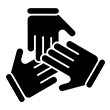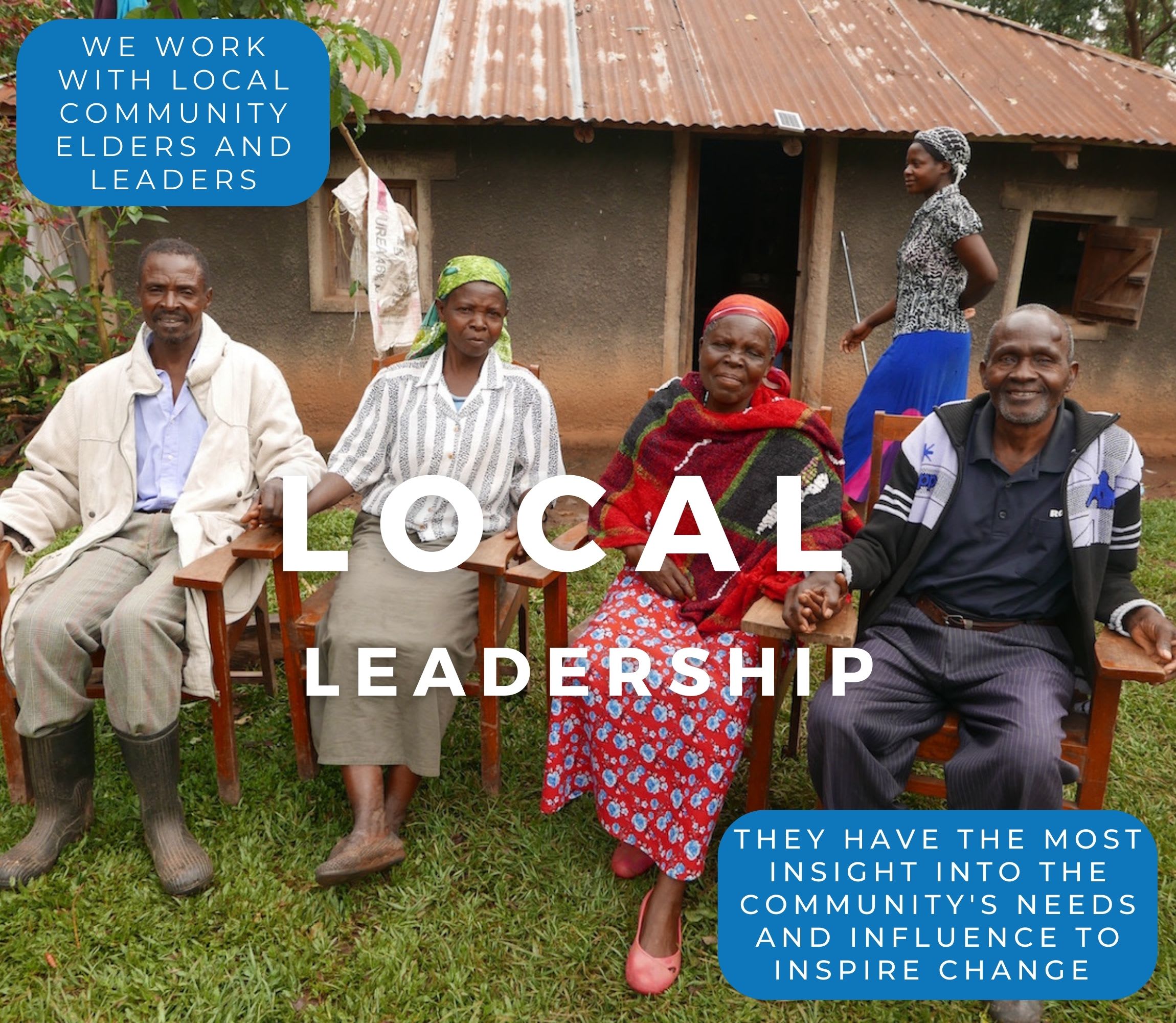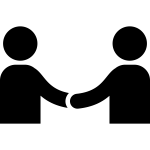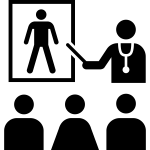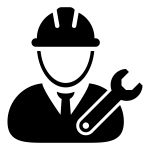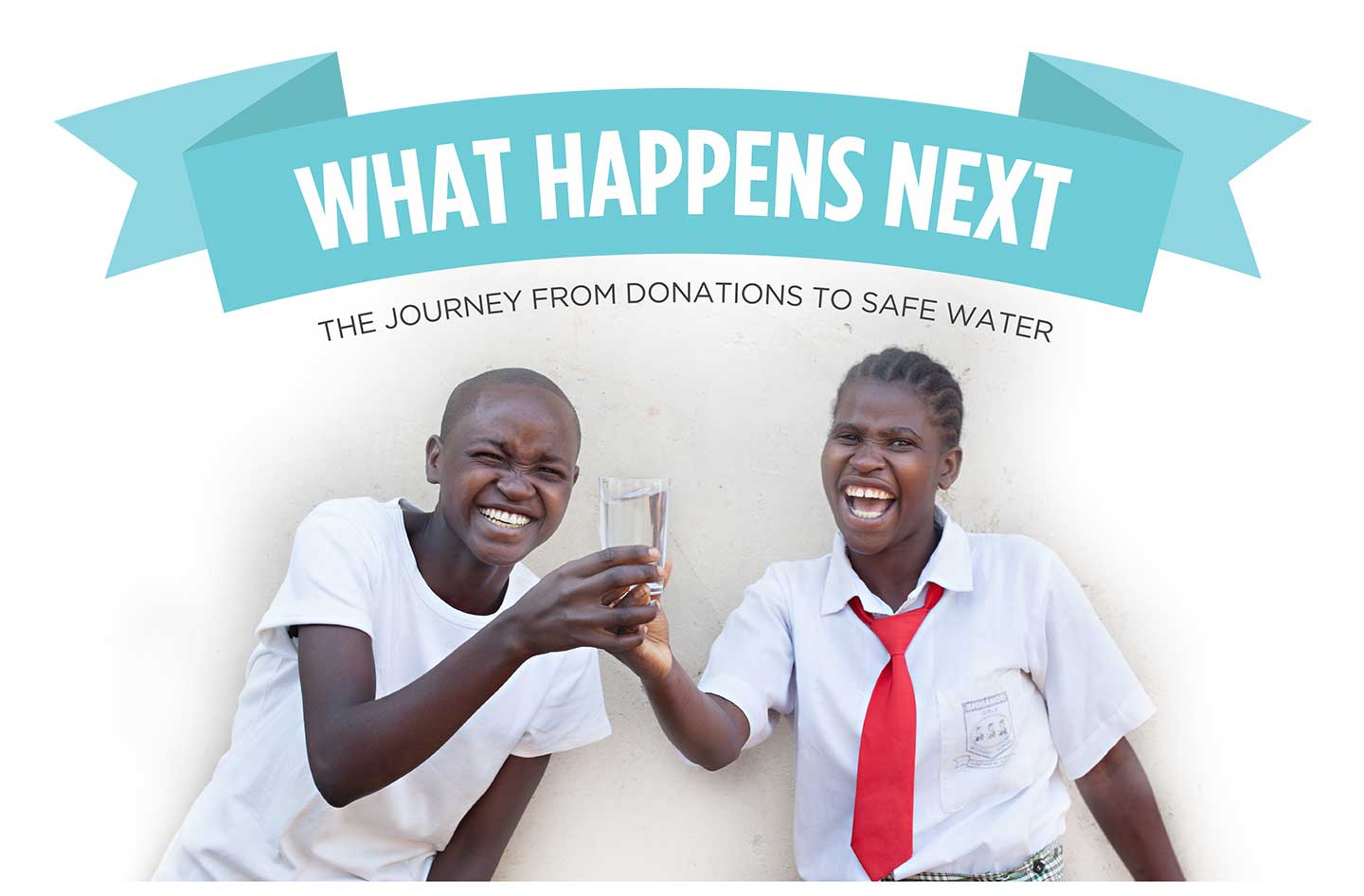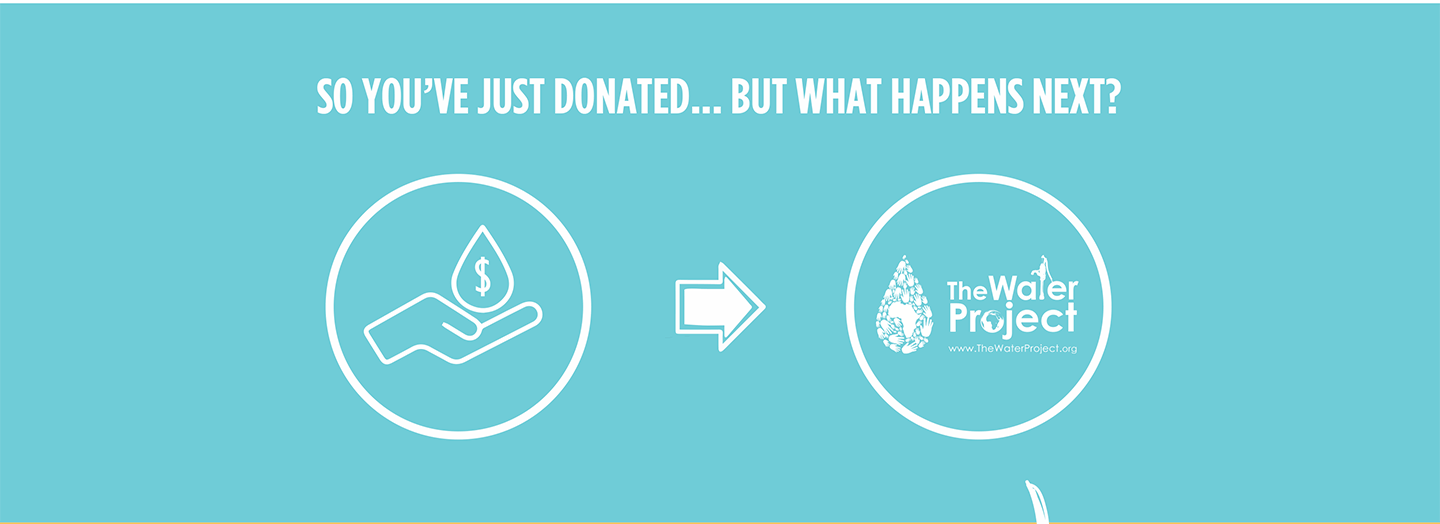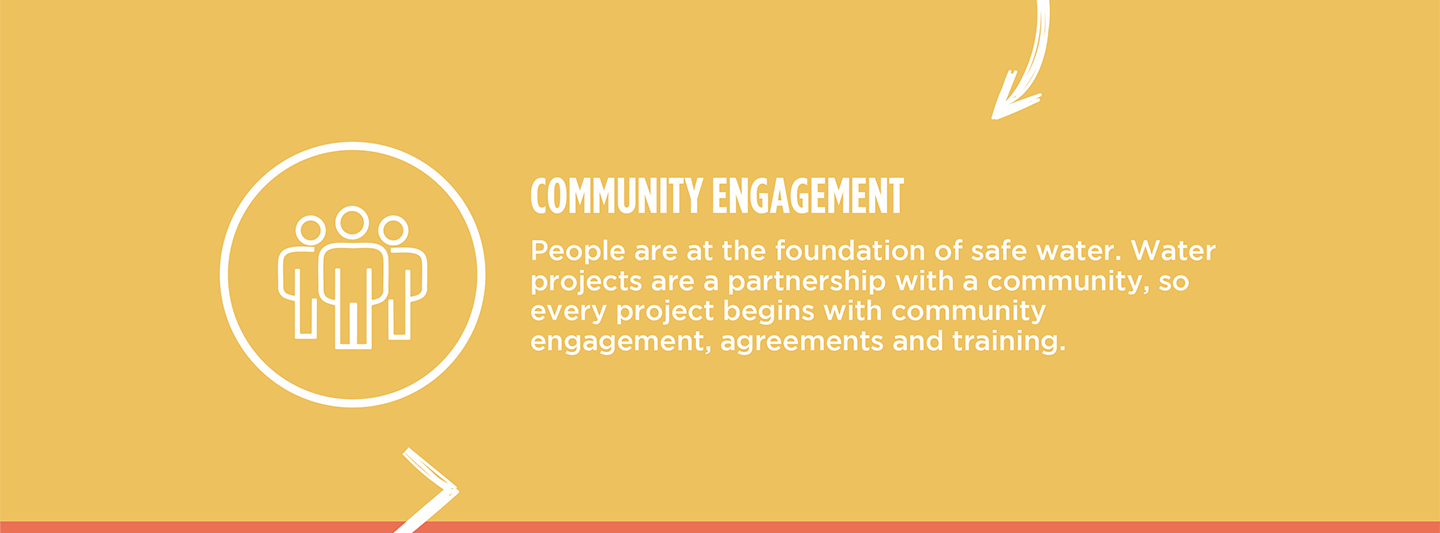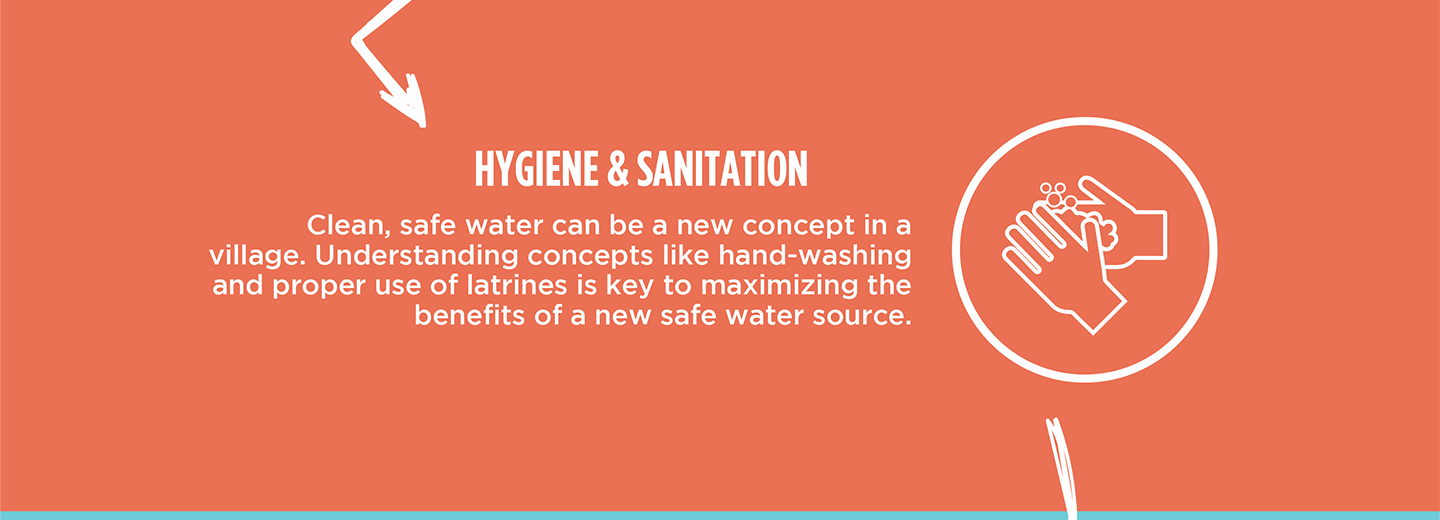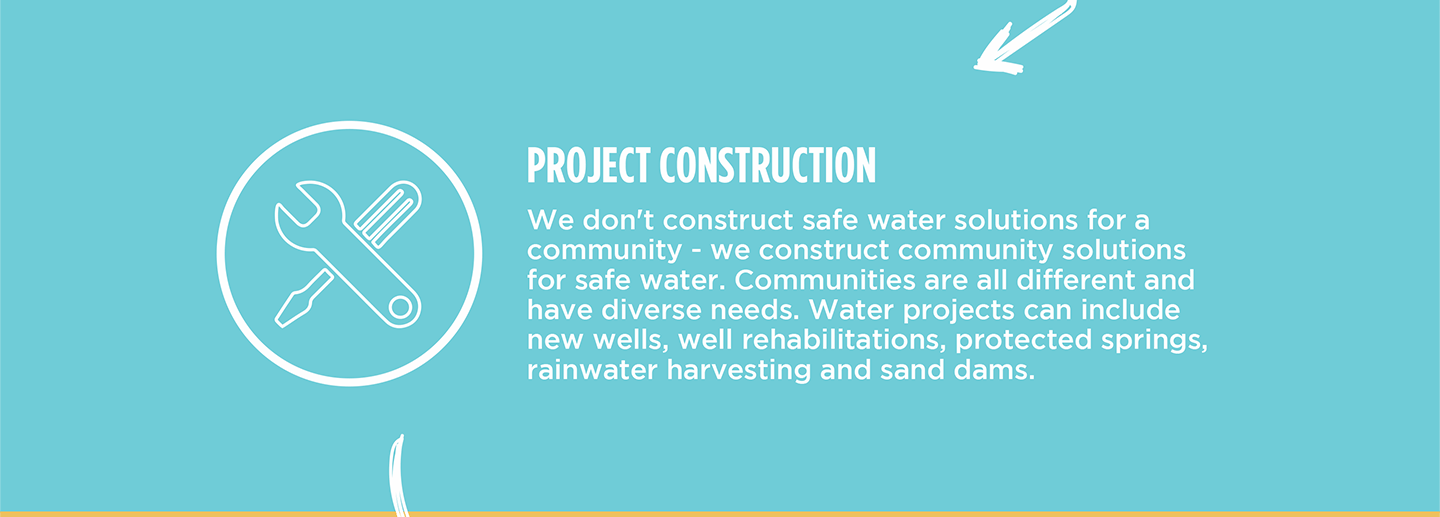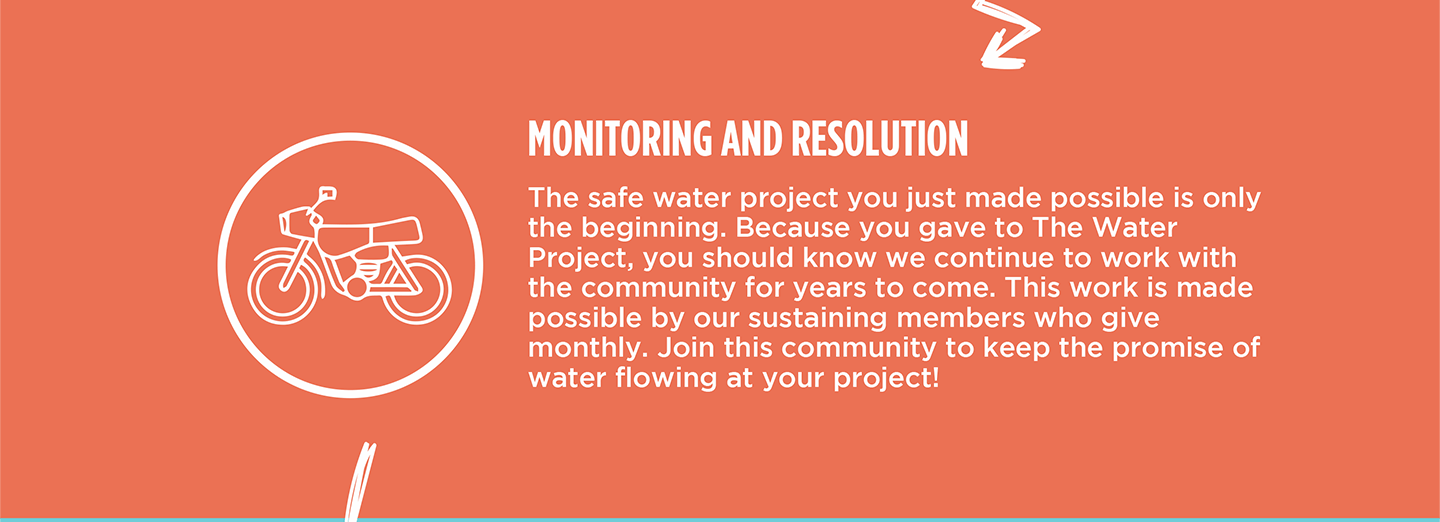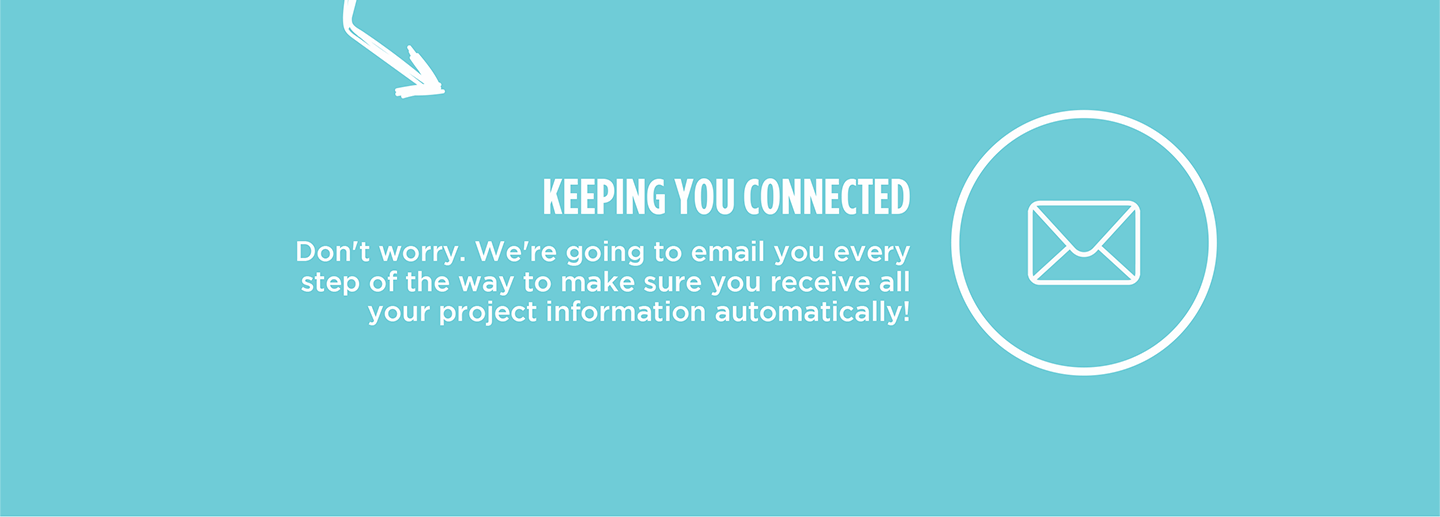The 250 people of Kyanga must walk three kilometers (1.85 miles) away to attempt to fetch water once or twice daily from a community well—but even after such a long journey, they may not return home with water. As a result, they often choose instead to go to the nearby dam, whose water is muddy and infects them with water-related illnesses.

Kyanga shares its primary water source, a borehole well, with three surrounding villages with similar populations. To meet humanitarian standards, one borehole well is only meant to serve 300 people. Also, all those people should optimally be able to access water within thirty minutes. People in Kyanga reported that one trip for water usually eats up four and a half hours of their time every day.
"Excessive round-trip and queuing times [at water sources] indicate an inadequate number of waterpoints or inadequate yields at water sources. This can lead to reduced individual water consumption and increased consumption from unprotected surface sources, and result in less time for tasks such as education or income-generating activities. Queuing time also affects the risk of violence at the tap stand." - Sphere Standards
Along this long route are busy highway crossings as well as isolated patches of bushland. Parents fear for their children's safety each time they send them out to fetch water, but with each trip taking so long, going themselves would mean no food gets cooked and no crops would ever get harvested.

"We fetch water from about 2.5 kilometers (1.5 miles) away, and this makes it hard for me to collect water every day or once a day," said 20-year-old housewife Mackline Awino (pictured above carrying water).
Content Warning: Some of the information in this report may be upsetting for readers. There are references to sexual violence.
"I only go to the borehole for drinking water," she continued. "The water point is also congested as it serves more than two villages. Sometimes, even children miss school so that they can support their parents in fetching water. Due to the long distances, sometimes it is risky for women to walk alone before and after daylight hours, as this makes us vulnerable to rape and other violent attacks. Sometimes, we use water from the dam near our home, which is unsafe, and one is always scared of falling in the water. Also, my children often fall sick of diarrhea and vomiting."

"I collect water from the dam for washing clothes and other domestic activities," said eight-year-old Alvine (shown above leaving the dam). "I collect drinking water from Kyanga borehole using the bicycle because of the distance and to fetch more than one jerrycan [at a time]. But on the way back, I have always gotten [into] accidents and sustained injuries. One time, I fell, and my eye swelled [up] and, reaching school, the pupils laughed at me."
But water from the dam is also not the best option, given that the water is yellow in color and open to contamination from wildlife and environmental conditions. Some people told us that the dam's water leaves rashes on their skin. When they use it for laundry, clothes turn brown, and they must use extra soap because it won't form suds. Drinking it often infects community members with typhoid or cholera.

The people of Kyanga need their own safe water source closer to home. Without such a long trip ahead of them each day, they will be able to accomplish more to better their situations. With reliable water that is protected and monitored, hopefully, their health will improve, as well.
The Proposed Solution, Determined Together...
At The Water Project, everyone has a part in conversations and solutions. We operate in transparency, believing it benefits everyone. We expect reliability from one another as well as our water solutions. Everyone involved makes this possible through hard work and dedication.
In a joint discovery process, community members determine their most advantageous water solution alongside our technical experts. Read more specifics about this solution on the What We're Building tab of this project page. Then, community members lend their support by collecting needed construction materials (sometimes for months ahead of time!), providing labor alongside our artisans, sheltering and feeding the builders, and supplying additional resources.
Water Access for Everyone
This water project is one piece in a large puzzle. In Kenya, Sierra Leone, and Uganda, we're working toward complete coverage of reliable, maintained water sources that guarantee public access now and in the future within a 30-minute round trip for each community, household, school, and health center. One day, we hope to report that this has been achieved!
Training on Health, Hygiene & More
With the community's input, we've identified topics where training will increase positive health outcomes at personal, household, and community levels. We'll coordinate with them to find the best training date. Some examples of what we train communities on are:
- Improved hygiene, health, and sanitation habits
- Safe water handling, storage & treatment
- Disease prevention and proper handwashing
- Income-generation
- Community leadership, governance, & election of a water committee
- Operation and maintenance of the water point
A Community-Wide Approach
In Uganda, we require that the community pledges to stop any open defecation practices before we install the water project — meaning that every household must construct and use a latrine. This will help prevent the spread of diseases and start them on a new path toward better hygiene and sanitation alongside their new water source.
To help with this, we assign a Community Development Officer (CDO) to each community, who encourages each household to install a handwashing facility, animal-keeping structures, a garbage pit, and a drying rack for dishes. Each of these homestead components prevent commonly spread diseases in their own way.
We implement something called a Community-Led Total Sanitation (CLTS) approach, which involves setting up multiple meetings during which community members assess their own hygiene and sanitation practices in hopes of creating long-term change. During these sessions, leaders naturally emerge and push the community to recognize current unhealthy behaviors that affect the entire community.

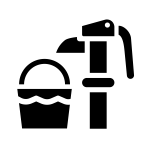 Borehole Well and Hand Pump
Borehole Well and Hand Pump
 Rehabilitation Project
Rehabilitation Project
